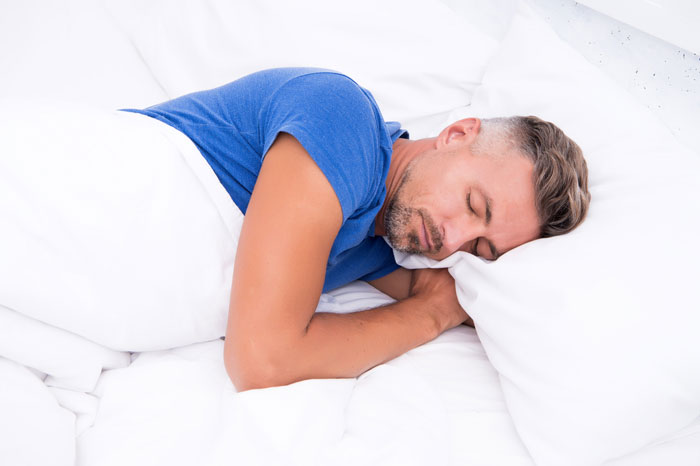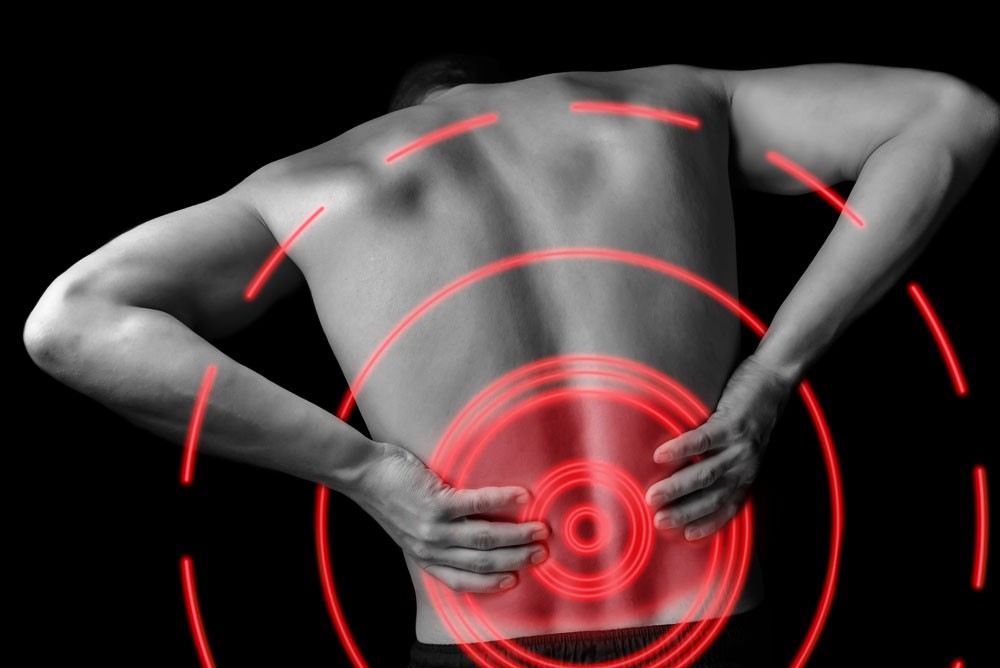Preventing lower back pain
Lower back pain may not be a life-threatening condition, but it is the leading worldwide cause of years lost to disability and up to 80% of people will experience at least one pain episode in their.
It can still be extremely frustrating, debilitating and the slightest stiffness or ache can keep us out of action and seriously affect our mood.
However, there are a number of simple steps you can take to reduce or prevent lower back pain.
What are some tips for preventing/reducing lower back pain?
Sleeping Posture
It is estimated that we spend on average 26 years of our lives sleeping.
In that case, we should ensure that we are sleeping in the correct position and on the correct surface for our body type.
Try lying on your back with a pillow under your knees. If that doesn’t help, try placing the pillow under your calves and see if there is any difference.

Some people prefer to sleep on their side and depending on your bone structure, this can place unnecessary stress on the lower back as the top leg flops over.
To counter this, try placing one or two pillows between your knees as this will keep the top leg from falling over, and will assist in keeping the stress on your lower back to a minimum.
Some people may find relief by placing a rolled up towel beneath their lower back if they are back sleepers as this puts the spine into slight extension, which can be relieving for some people, depending on the nature of their back problem.
If you prefer to sleep face down then place a pillow under your hips as this will relieve some of the stress on your lower back.
Get Moving
While rest can often help relieve pain, it can also be a contributing factor. If the pain is acute e.g. the result of getting hit, then a few days’ rest is a good idea.
But if the pain has slowly crept up on you and lasted for more than a few days, rest is not the answer.
Activity/movement increases blood flow to the various tissues in the body and can assist the healing process. Healing occurs because nutrients are carried to where they are needed and inflammatory materials get removed from the site of injury.

The type of activity one chooses to undertake must seek to improve your strength, mobility and help prevent back pain, not create it or make existing pain worse, so activity selection must be considered carefully.
Just be sure to start off slowly and to choose an activity that will not place undue stress on your lower back and associated tissues.
More Vitamin D, Calcium, K2 and Magnesium
One of the major contributing factors to back pain as we age is poor bone health. Conditions such as osteoporosis can be extremely limiting and difficult to treat, so ensuring your bones are as healthy as possible is wise.
In a recent review, researchers highlighted that supplementing with calcium (Ca) and/or vitamin D (vitD) is key to the management of osteoporosis and that other supplements like vitamin K2 (VitK2) and magnesium (Mg) could also contribute to the maintenance of skeletal health.

Increasing your intake of these supplements could be the best course of action you can take in the long-term.
Go shoe shopping
It might be hard to believe but having the correct fitting shoes is some of the soundest medical advice you can get for dealing with back pain.
Your shoes affect your stance and your gait, which also have a huge effect on your pelvic girdle and of course your posture.

Many of us will simply buy shoes based on how they or whatever is in fashion at the time, we do not think about whether or not they provide proper cushioning and support.
Sometimes it best to go for function over fashion!
Not Smoking
There’s no shortage of health-related reasons not to smoke, but few people realise that it can also be a factor in lower back pain.
Researchers in a 2013 study found that smoking caused nicotine-associated disk degeneration, as smoking reduces the flow of blood to the spinal disks, which can cause them to dehydrate and break down.

Do you need any more reasons to quit?
Back pain can be extremely frustrating and difficult to put up with, but I hope that these steps will help reduce the frequency and intensity of your pain.
If you have tried to reduce your back pain and have been unsuccessful please sign up for my lower back pain relief email newsletter or check out my YouTube channel for more helpful tips and exercises.
If you need further help you can also check out my 21 days lower back pain recovery program.
If you have found this information helpful and useful please feel free to share this with others who may also be suffering from lower back/sciatica pain.

